School Leadership: Finding the Right People
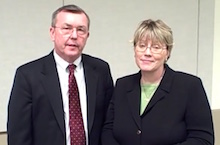 By Ron Williamson and Barbara Blackburn
By Ron Williamson and Barbara Blackburn
Hiring the right personnel is one of the most important parts of a principal’s job. When you have quality staff, your job as a leader is easier. When you have staff members who are uncooperative or ineffective, working with them can drain your time and energy. Let’s look at the latest generation of teachers in the hiring pool, then the processes for finding the right people.
A new generation of teachers
Baby Boomer teachers, who dominated American society for a generation, are rapidly retiring, as are some Generation X teachers (born in the 1960s). Midway through the second decade of the 21st century, the majority of new hires (both novices and veterans) are coming from the generation sometimes referred to as Generation Y or Millennials.
Although there are many perspectives on generations and their characteristics (as this Wikipedia article reveals), Teach Plus founder and CEO Celine Coggins has written that Gen Y members often hold very different beliefs than older generations about work, and about the workplace and the way principals work with them (Coggins, 2008). It’s important to consider these generalized characteristics during the hiring process.
 You may need to look far and wide
You may need to look far and wide
A few years ago we met with a new principal who was hired to turn around a struggling school. At the end of his first year, 27% of his teachers left, either through retirement or resignation. His superintendent offered to pay his expenses to attend a recruitment fair to find new teachers, but he said he was too busy. This was a mistake.
If you are too busy to invest time in hiring the best people for your school, you need to rethink your priorities. If there is a shortage of quality teachers where you are, go out of your area to recruit when you need to. Don’t settle for less than what is best for your students.
Hiring staff is often guided by district policy. The first thing you want to do is to check with the Human Resource Department about any procedures you must follow. This often includes developing a job description and list of duties.
Follow a standard process during your search
As you hire, it’s important to standardize the hiring process. Following a standard process ensures that you will treat everyone who applies in a uniform manner. Your district may have some of these procedures in place. If not, you will need to create them for your school.
First, develop your selection criteria. Each criterion should be relevant to the work to be performed and should be free of bias so that everyone is treated the same throughout the search process. If you need someone who is bilingual, include that on your list. However, as you plan, differentiate between those skills or characteristics that are required and those that are simply desirable.
All criteria must be relevant to the work, but you are likely to have some nonnegotiable items and some that you would like to have. Make sure you have addressed relevant employment law (see chart) and that you always document thoroughly. All criteria should be available for review.
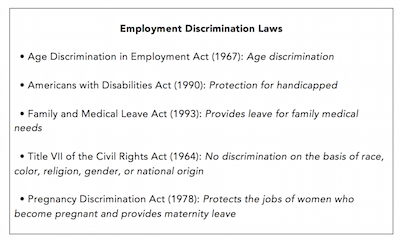
You might consider questions such as, “What do you see as your strengths related to this position?” “As you think about your past work experience, what has been your biggest challenge?” “Imagine you were offered the position and accepted it, and it is one year later. What was the best part of your first year, and what was your biggest challenge?”
Double check your questions for legality
After you draft your questions, assess them to be sure you avoid any questions that are unlawful. This Checklist for Assessing an Interview Protocol may help. If you have any doubts about a question, talk with human resources personnel.
Treat all candidates with respect
Finally, follow your process all the way through. In some cases, you may realize early in the interview that a person is not the best fit for the job. However, respect the candidate and the process and finish the interview.
After you hire someone, be sure to send a written follow-up note to all other candidates, notifying them that they did not get the job and thanking them for their interest in the position. A little courtesy goes a long way at this point; it never hurts to be nice, even to those you aren’t hiring.
Hiring the right people for your school is one of your most important jobs. The people you hire can make working in your school easier, or more time-consuming. They also make a huge difference in the learning that occurs.
________
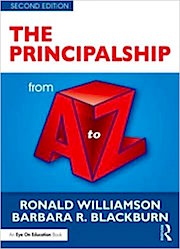
Barbara Blackburn is a best-selling author of 15 books including Rigor is Not a Four Letter Word. A nationally recognized expert in the areas of rigor and motivation, she collaborates with schools and districts for professional development. Barbara can be reached through her website or her blog. She’s on Twitter @BarbBlackburn. Her latest book, Motivating Struggling Learners: 10 Ways to Build Student Success, was published in July 2015.

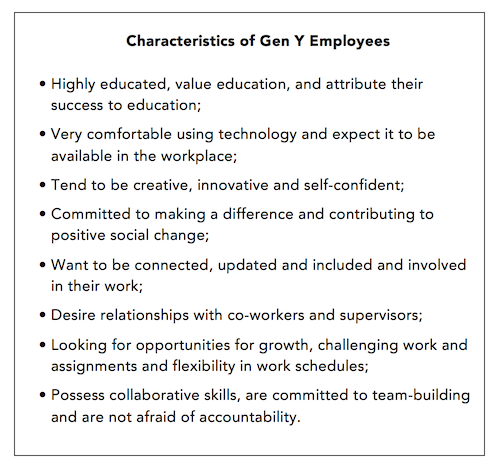

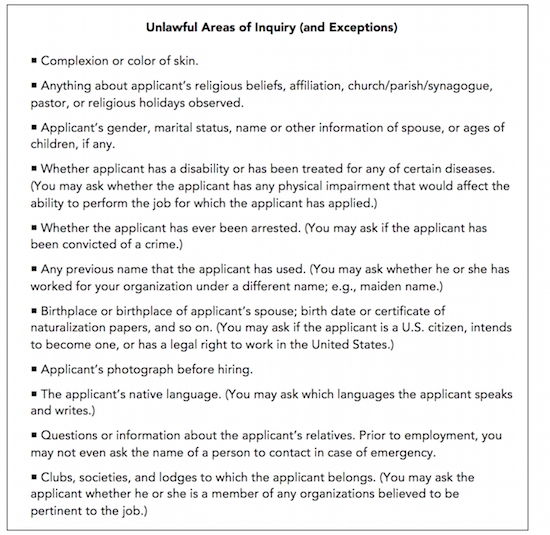

































no mention that some states have laws making it illegal to discriminate against LGBT persons in hiring and as employees, or that it is simply the moral thing to do – extend anti-discrimination to all minority groups. Also, while the authors state a hiring candidate can be asked if they speak other languages, it is not listed as a Gen Y characteristic – perhaps because multilingualism is not respected in the US or because the authors are perhaps monolingual and ignore the value of bilingual teachers. The characteristic of teamwork and collaboration work best when members consider their different perspectives and arrive at a common solution. My two kids came from an Asian country – not once did any of their teachers ever ask me how to say “good morning” or “thank you” in their primary language nor anything about their cultural heritage.
A great supplement to Williamson & Blackburn’s work and article would be my book Hiring the Best Staff for Your School (also published by Routledge, 2016). It includes additional research on how to implement stories into your recruiting and hiring processes.
Also read the union contract. My hiring as a new principal opening a new school was open to those displaced in their school because of low enrollment of students because they’d be coming to my school. If I didn’t choose them, I was subject to an explanation to their union. Also, applicants can interview beautifully and then not act on their stated beliefs. There should be an interim time for new-hires only to challenge that they’re not what they seemed or doing what they said they’d do. Unfortunately, a lot of damage can be done in a full year before you can let them go in many states and many of my transfer teachers had tenure. I learned it helps to know the culture of the district you’re in. Human Resources handled recruitment from the outside.
I did not see any mention of who would be included in the interview committee?